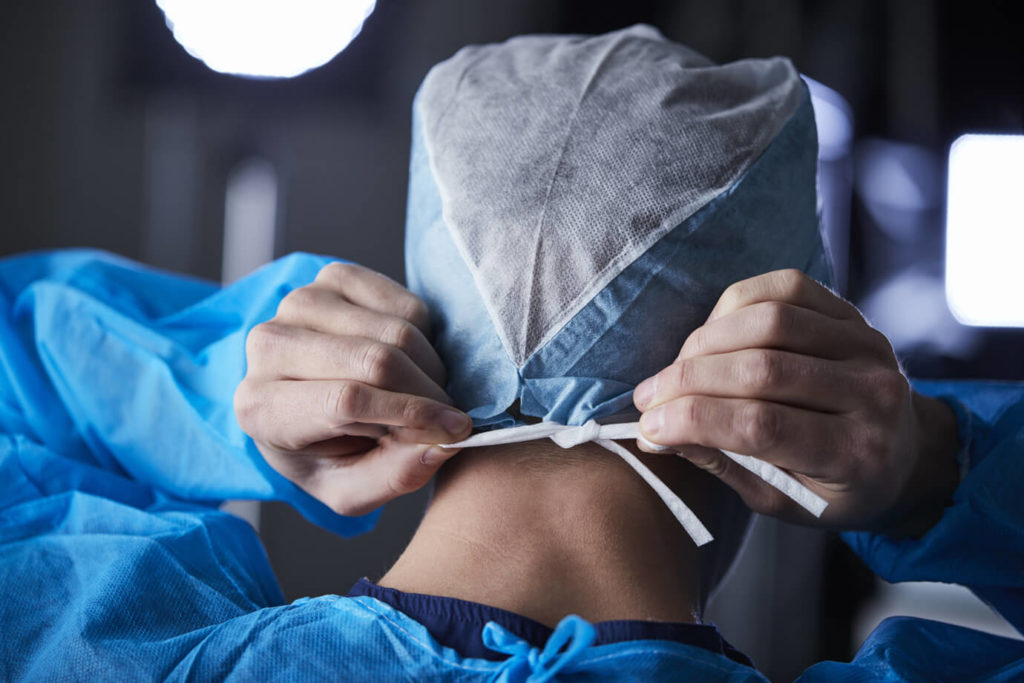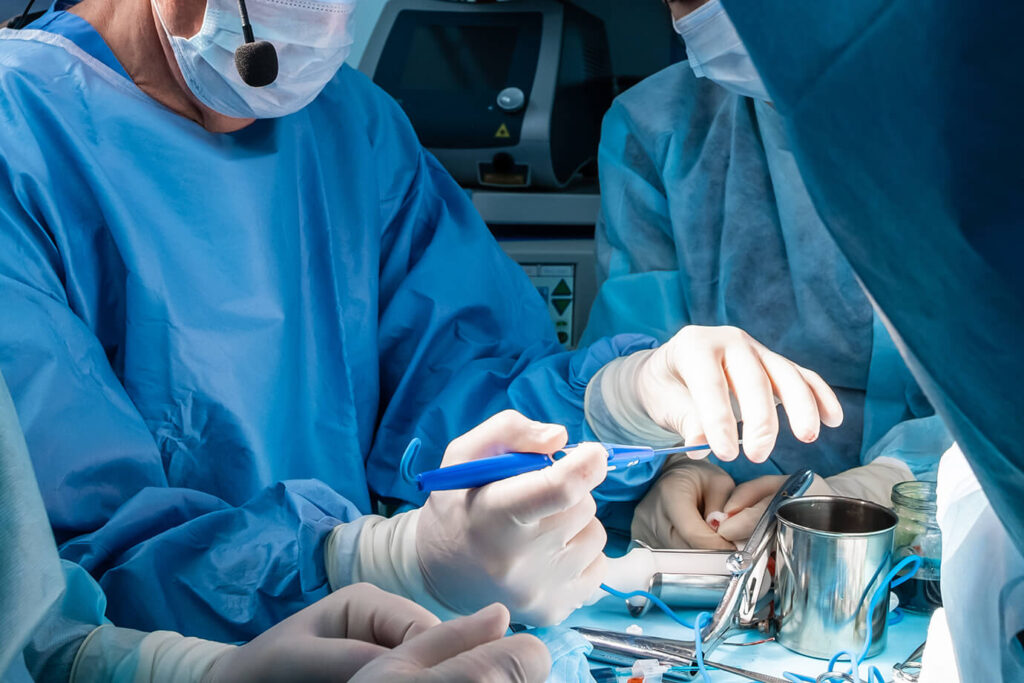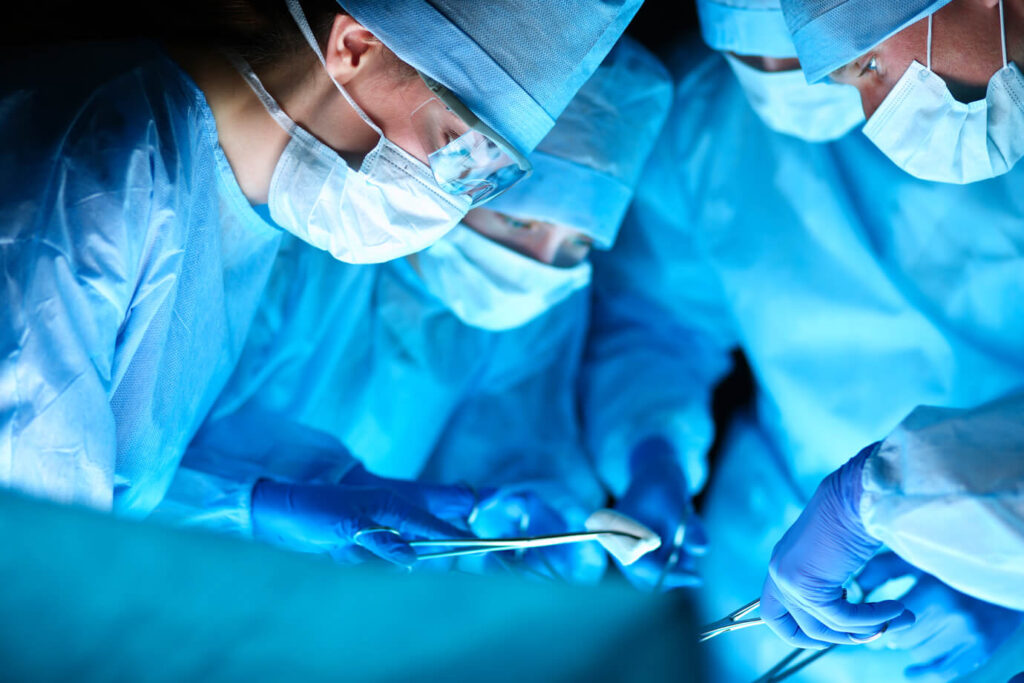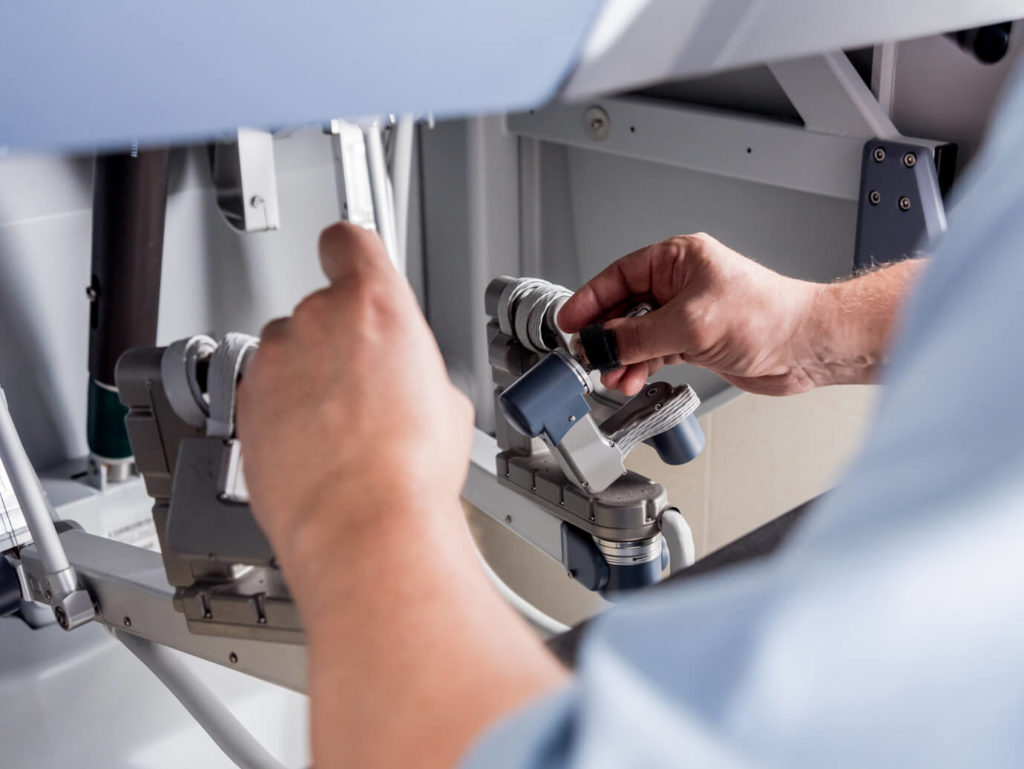- Breast360.ORG
- Initial Office Consultation
- Anatomy of the Breast
- Benign Breast Disease
- Breast Cancer
- Mastotomy for Drainage of an Abscess
- Incisional Biopsy
- Excisional Biopsy
- Lumpectomy or Partial Mastectomy
- Simple or Total Mastectomy
- Skin Sparing Mastectomy
- Modified Radical Mastectomy
- Sentinel Lymph Node Biopsy (SLNB)
- Axillary Node Dissection
- What to Expect After Surgery
- Long Term Care Following Breast Cancer Treatment
Surgical Associates of Corpus Christi
Breast Care and Procedures
Our well trained and experienced surgeons provide the most up to date care of benign breast disease and breast cancer. We make compassionate care the top priority.
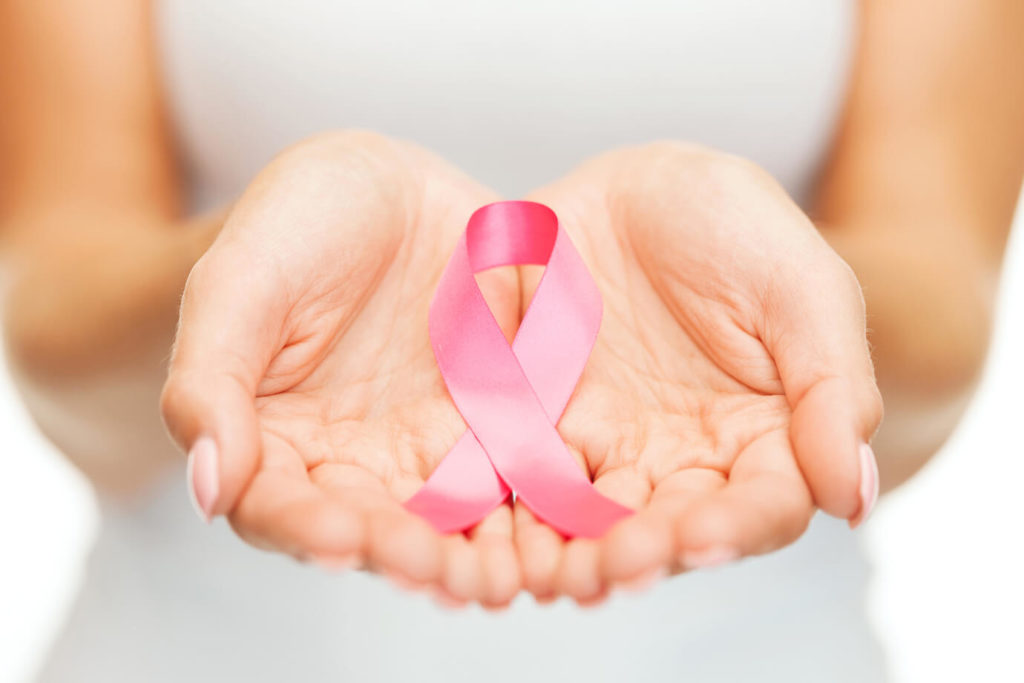
Breast360.ORG
Information about breast issues, written by breast surgeons
Initial Office Consultation
During the first office visit, the surgeon and his staff member will ask questions regarding the events that led up to the diagnosis. The radiological findings from the mammogram, ultrasound, or MRI will be reviewed. Information will be provided regarding the significance of the breast and/or lymph node biopsy results if such biopsy was performed prior to the initial office visit. A plan will be developed regarding other possible recommended tests and the proposed surgery if indicated. Plenty of time will exist for questions from both the patient and family members.
If possible, the following information is helpful
- Age
- Weight
- Height
- Ethnic Group (African American, Asian, Caucasian, Hispanic, Other)
- Age at time of first menstrual period
- If you are past menopause how old were you when menopause began
- Have you given birth to one or more children?
- Age at your first childbirth
- Do you drink more than one alcoholic beverage per day?
- Do you smoke?
- Family History of breast cancer
- None
- Mother
- Daughter
- Sister
- Aunt (Mother of Fathers side)
- Grandmother
- Was your mother, sister, or child diagnosed with breast cancer before the age of 50?
- Have you ever had uterine cancer?
- Have you ever had ovarian cancer?
- Have you been told that you have certain gene mutation linked to breast cancer?
- Has your mammogram shown that you have dense breast tissue?
- Have you been diagnosed with any of the following on breast biopsy?
- Lobular Carcinoma insitu (LCIS)
- Atypical Ductal Hyperplasia (ADH)
- Atypical Lobular Hyperplasia (ALH)
- None of these
- Have you ever had radiation therapy of the chest?
- Are you currently taking combined hormone therapy (both estrogen and progestin) to treat menopause symptoms?
- Are you taking hormone based birth control pills?
- Have you or your mother taken diethylstilbestrol (DES)?
Anatomy of the Breast
The breast is comprised of glandular tissue (lobes and ducts) with the potential for milk production, fat, and supportive connective tissue all between the muscle posteriorly and the skin anteriorly. The 15-20 glands called lobes/lobules are distributed throughout the breast fat and are connected to the nipple by thin tubes called ducts. Lymph nodes are small bean-shaped filters containing immune system white blood cells that help isolate and fight breast infection or cancer. The lymph nodes for the breast are located in the underarm region or axilla, around the collarbone and behind the sternum or breast plate. There are approximately 20-30 lymph nodes in the axilla.
Benign Breast Disease
A group of conditions of the beast that are not cancer and are caused by an increase in the number of cells or by the growth of abnormal cells presenting as a solid mass, cyst (fluid filled mass), nipple discharge, breast swelling/redness, or an abnormal mammogram finding.
Breast Cancer
- 1 in 8 women in the US will develop breast cancer over their lifetime (12.5%)
- Second only to skin cancer, it is the most common cancer in American women.
- Breast cancer occurs when the cells of the breast grow and divide in an uncontrolled fashion creating a mass or tumor.
- Lobular cancer is uncontrolled cell growth that occurs in the lobules which are the milk producing glands of the breast.
- Ductal cancer is the uncontrolled cell growth that occurs in the ducts or passages that connect the lobule to the nipple. Ductal cancer is now referred to as a breast cancer “of no special type.”
- Noninvasive or in situ breast cancer is when cancer cells stay within the milk ducts or lobules.
- Invasive breast cancer is when cancer cells spread beyond the milk ducts or lobules and invade
the surrounding breast tissue. Invasive breast cancer can spread to the lymph nodes and possibly other parts of the body.
The treatment of breast cancer involves a team of physicians which include:
- Medical Oncologist
- Radiation Oncologist
- Breast Surgeon
- Possibly a Plastic Surgeon
Common treatments for breast cancer include one or more of the following:
- Surgery
- Radiation Therapy
- Chemotherapy
- Endocrine Therapy
- Immunotherapy
- Breast Reconstruction
Mastotomy for Drainage of an Abscess
A breast infection or mastitis may progress to the accumulation of pus within the breast tissue or abscess. This may occur in women who are breastfeeding but may also occur in women who are not breastfeeding, particularly if they are a smoker. The initial treatment for mastitis is a regimen of oral antibiotics. Smaller abscesses can be drained by aspiration with a syringe and ultrasound guidance. A larger abscess or one not alleviated by antibiotics or aspiration may be drained by creating an incision of the overlying skin following the administration of an anesthetic. The site is irrigated after obtaining a specimen so as to determine the organism causing the infection. The open wound is allowed to heal on its own over the course of several days requiring daily dressing changes.
Incisional Biopsy
An incision is created over the area of concern following the administration of an anesthetic so as to remove a piece of tissue or mass. This specimen is submitted to the pathologist for appropriate studies so as to establish a diagnosis.
Excisional Biopsy
An incision is created over the area of concern following the administration of an anesthetic so as to remove a piece of tissue or mass in its entirety. This specimen is submitted to the pathologist for appropriate studies so as to establish a diagnosis.
Lumpectomy or Partial Mastectomy
Following the administration of anesthetic, a skin incision is created over the mass felt on exam or near the entry site of a wire placed by the radiologist before surgery to localize the area of concern. The excised breast tissue is then marked with suture by the surgeon so as to orient the position of the area of concern in the breast for the pathologist. This orientation will assist the surgeon in determining the exact area to excise further breast tissue in the event that the cancer is too close to the edge during the initial surgery. The overall goal is to ensure the complete removal of the cancer with enough surrounding normal tissue thus decreasing the risk of a recurrent cancer.
Simple or Total Mastectomy
- Removal of the entire breast including an oval shaped area of skin with the nipple areolar complex (dark-raised portion of the mid breast)
- The incision is transverse and extends from the axilla or underarm region to the sternum or breast plate.
- The lymph nodes in the axilla are not removed with a simple mastectomy although 1-4 axillary nodes may be removed if the operation includes a sentinel node biopsy
- One or two drains may be placed at the operative site prior to skin closure to prevent the accumulation of fluid in the mastectomy site following surgery.
- The drains, if present, are removed in the office 3-5 days after surgery,
- A prophylactic mastectomy is a simple mastectomy performed in patients at high risk of developing breast cancer but who do not yet have breast cancer. Patients at higher risk of breast cancer include patients with certain genetic mutations (BRCA1 or BRCA II) or patients with breast cancer in the opposite breast.
Skin Sparing Mastectomy
- Removal of the entire breast including the nipple-areolar complex (dark and raised portion of the mid breast) while preserving as much of the breast skin as possible.
- The procedure typically includes the placement of a tissue expander or prosthesis at the operative site by a plastic surgeon prior to closure of the small skin incision.
- Lymph nodes of the axilla are only removed during a skin sparing mastectomy if the procedure includes a sentinel node biopsy or axillary node dissection.
- One to two drains may be placed at the operative site prior to the skin closure so as to prevent accumulation of fluid in the mastectomy site following surgery.
- The drains are removed by the plastic surgeon in the office 3-5 days after surgery.
Modified Radical Mastectomy
- Removal of the entire breast including an oval-shaped area of skin with the nipple areolar complex (dark-raised portion of the mid breast) as well as the level I and II axillary nodes.
- Level I and II lymph nodes are present in the fatty tissue behind and below the pectoralis minor muscle of the chest in the underarm.
- The incision is transverse and extends from the axilla or underarm region to the sternum or breast plate
- One or two drains are placed at the operative site prior to the skin closure so as to prevent the accumulation of fluid in the mastectomy site following surgery.
- The drains are removed in the office 3-5 days after surgery.
Sentinel Lymph Node Biopsy (SLNB)
- Lymph nodes are kidney shaped small organs that filter blood products and help us fight infection and disease.
- SLNB is performed on patients with a diagnosis of an invasive breast cancer or patients undergoing a mastectomy for breast cancer.
- The objective is to remove 1 to 4 axillary nodes and examine them under the microscope so as to determine if the breast cancer has spread beyond the breast tumor.
- SLNB information will aid in staging the breast cancer.
- On the day of surgery, a radioactive material is injected into the breast near the areola (colored portion of the mid breast) by a radiologist.
- Later in the operating room, a blue dye is injected into the breast by the surgeon.
- Both the radioactive dye and blue dye will help the surgeon locate the node or nodes that have taken up the dye (the sentinel nodes)
- Following the administration of anesthetic, a small skin incision is made at the inside part of the underarm or axilla
- A device called a gamma probe is used to detect the radioactive dye
- The nodes with blue dye, radioactive dye, or nodes that are able to be felt are removed. All are sentinel nodes.
- The incision is closed and the removal of the breast cancer proceeds next.
- SLNB has a lower risk of lymphedema in comparison to the removal of all level I and II axillary nodes referred to as an axillary node dissection.
- Lymphedema is long term arm swelling after surgery.
Axillary Node Dissection
- The removal of level and II axillary lymph nodes so as to determine if the breast cancer has spread beyond the initial tumor.
- The number of nodes removed varies per patient but is typically 10 or more.
- This procedure is performed on some patients with invasive breast cancer particularly if the biopsy proven positive node is able to be felt on exam prior to surgery
- This procedure is also performed on patients with invasive breast cancer if the cancer burden in the axillary nodes is thought to be extensive. (ie more than 2 nodes involved or matted nodes)
What to Expect After Surgery
- You will be provided a prescription for pain medication and an instruction sheet prior to your discharge from the hospital.
- It is recommended that you wear a sports bra following your surgery so please bring the sports bra on the day of your surgery.
- If you have a drain, you should follow up in the office 2-3 days after surgery.
- If you do not have a drain, you will follow up 7-10 days after your surgery.
- Keep the dressing dry and clean for 48 hours after surgery. When removing your dressing, do not remove butterfly tapes or surgical glue.
- The results of the studies performed on the excised tumor and/or nodes should be available 3-4 days following the surgery.
Long Term Care Following Breast Cancer Treatment
- Office visit and exam every 6 months for 5 years.
- Mammograms every year for the patients who have not had a mastectomy.
- Women taking Tamoxifen should have a yearly gynecological exam.
- Women taking Anastrazole, Letrozole or Aromasin should have a bone density test periodically.
- If you have been diagnosed with a hormone receptor positive cancer, you should stop taking hormone replacement therapy usually prescribed for symptoms of menopause.
Things you should do to lower the risk of a recurrent breast cancer:
- Increase physical activity/exercise (3-5 hours per week)
- Maintain a healthy weight
- Eat healthy (more fruits and vegetables, increase fiber in diet)
- Limit alcoholic beverage consumption (one drink per day)
- Quit smoking
- Reduce stress
